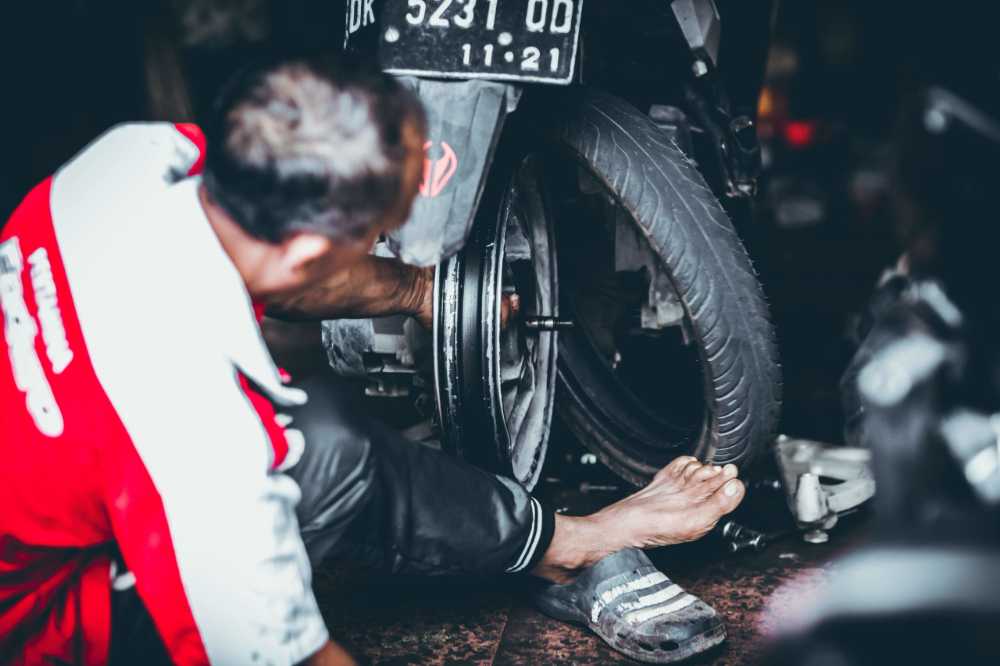When purchasing a new set of tires, consumers typically assume they will get a high-quality product that is free from manufacturing or design defects and that will ensure their safety while driving on the road. And in most cases, the tires perform well and do so without leading to accidents.
Unfortunately though, some new tires, because of a defect in manufacturing or design, break down quickly and experience a phenomenon called “tread separation,” which, if it occurs while a motor vehicle is moving at high speeds, can result in catastrophe, possibly even contributing to a rollover accident.
What is tire tread separation and what causes it?
Tire tread separation is an occurrence during which the tread on top of the tire separates from the tire beneath. Naturally, when this occurs it can lead the driver of the vehicle to lose control, often leading to an accident. In fact, an analysis conducted by the National Highway Traffic Safety Administration on data from 2005 to 2007 compiled by the National Motor Vehicle Crash Causation Survey showed that over 26 percent of all tire-related crashes led to rollovers.
Tire tread separation often happens for one of two specific reasons. First, tire tread separation may be a result of a defect in tire manufacturing or design. During the manufacturing process, the tire begins as an uncured core. From there, after a layer of skim stock is applied, a steel belt is secured around the core, as well as a subsequent layer of skim stock. Finally, the tread is then applied around the steel belt, and the tire then undergoes a heat and pressure test.
The problem lies in the fact that steel doesn’t adhere well to rubber, allowing for the tire to separate from the steel belt more easily while driving. To avoid this from happening manufacturers may coat the steel belt with brass, which will adhere better to rubber, although even the brass can break down. Any errors in the manufacturing or design process can only exacerbate this, leading to serious problems.
Find a Personal Injury Lawyer, Near Me
(855) 529-0269Under-Inflation and Tire Tread Separation
In some cases, if no adhesion problems are present in the tire, the tread separation is instead caused by frequent under-inflation. As pressure is applied on an under-inflated tire, the sidewalls are forced to take a majority of the force. Excessive force applied throughout the sidewalls can lead to the separation of the tread from the rest of the tire, which can contribute to a blowout and a rollover accident. Of course, the underlying cause may be an under-inflated tire, which could be due to a manufacturing or design defect in the tire itself.
Contact an Attorney for Help in Your Case
It is important for drivers to take conscious steps to avoid tire-related accidents and increase the life of their tires. If you have been involved in a tire-related crash from tread separation, don’t hesitate to contact the attorneys at Chalik & Chalik for an initial consultation. We can discuss the specifics of your case and help you file a claim for compensation. Call us for more information at 855-529-0269.
Call or text Chalik & Chalik
(855) 529-0269






